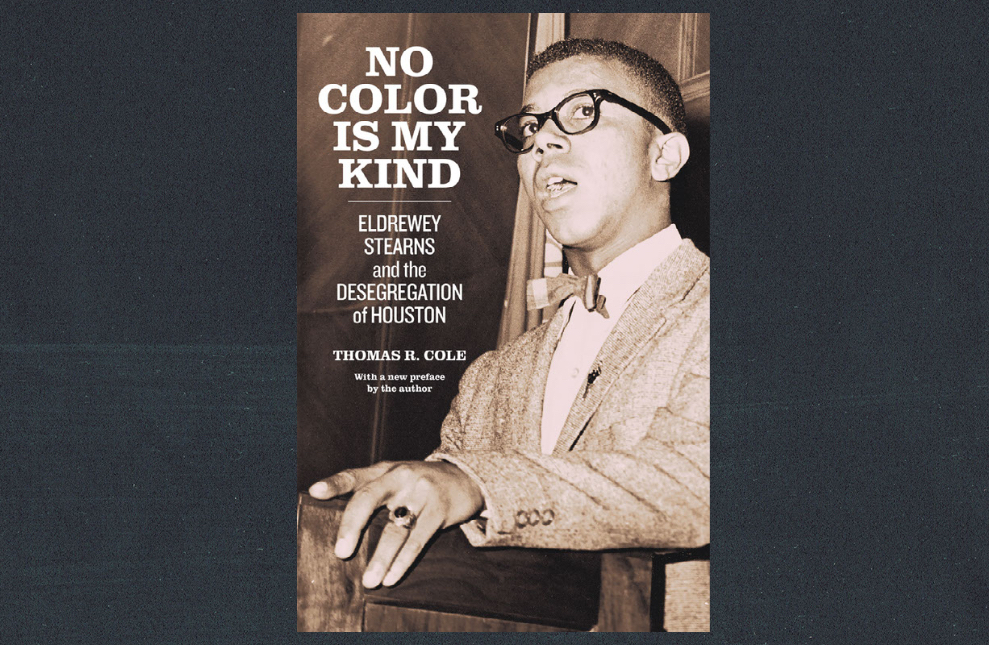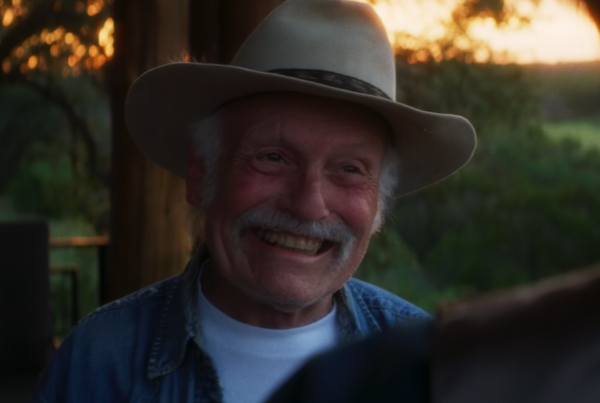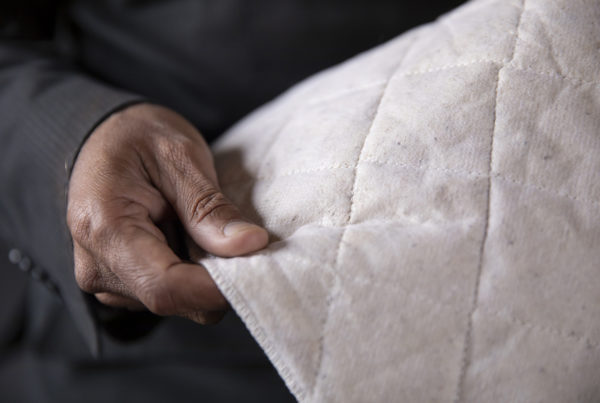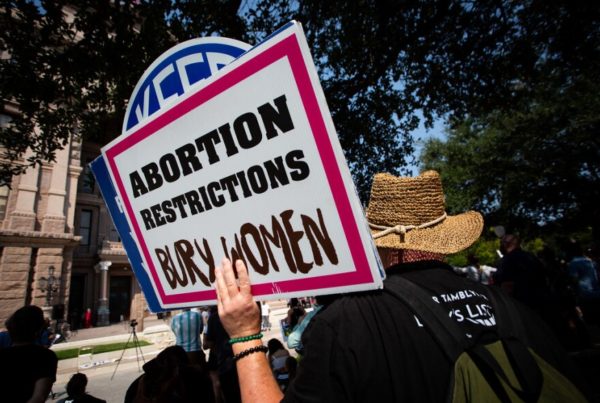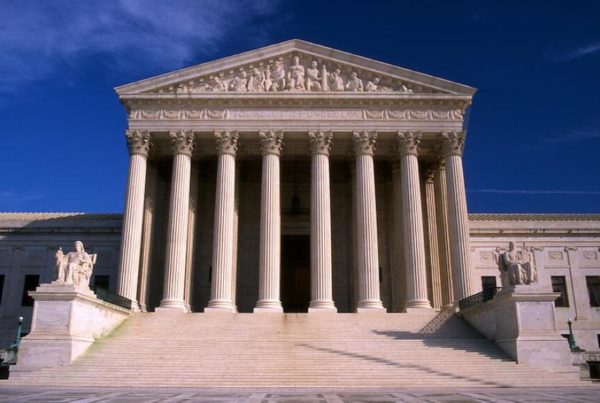Eldrewey Stearns did not get the same recognition as other civil rights leaders in the 1960s. He started Houston’s sit-in movement, and seemed likely to live out the rest of his life in obscurity until he developed a friendship with a University of Texas Medical Branch professor while staying at a Galveston psychiatric hospital in 1984.
That professor, Thomas Cole, ended up collaborating on a book with Stearns, who had struggled with mental illness for years. Through the 10-year process of writing the book, “No Color Is My Kind: The Life of Eldrewey Stearns and the Integration of Houston,” Stearns began to reconnect with his past, recalling his boyhood and time as a civil rights leader. Stearns died earlier this year.
The book was published in 1997, and had been out of print for years. But now it’s back on shelves with an update to Stearns’ story and reflections on police brutality.
Listen to the interview with Cole in the audio player above or read the full interview transcript below to learn more about Stearns’ life, his civil rights activism, his experiences with mental illness and his collaboration with Cole.
This interview has been edited lightly for clarity.


